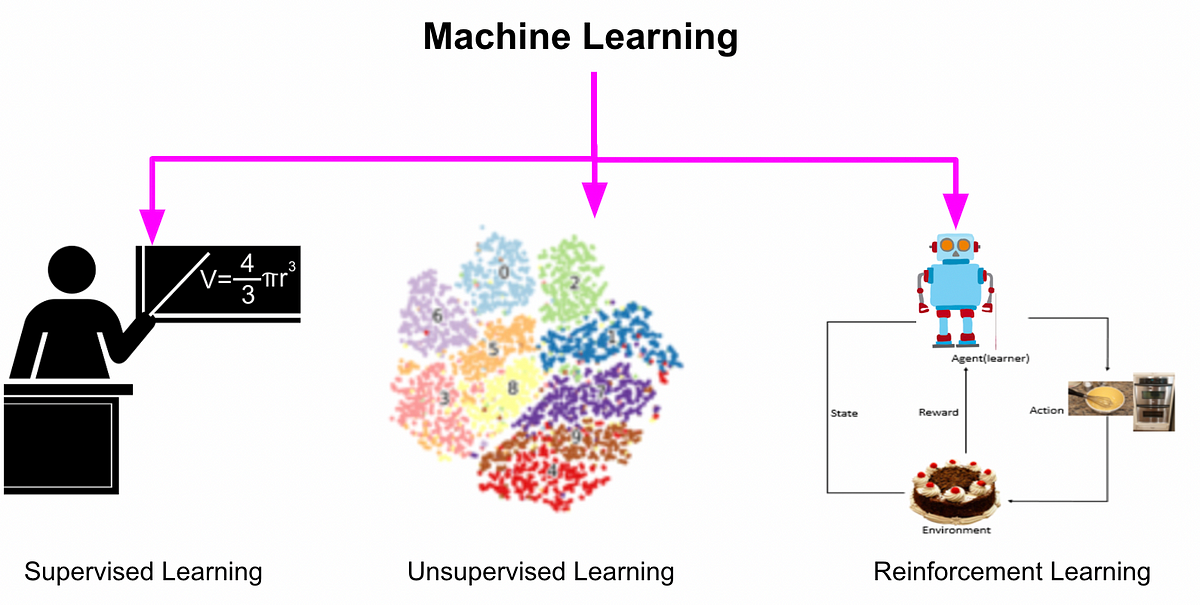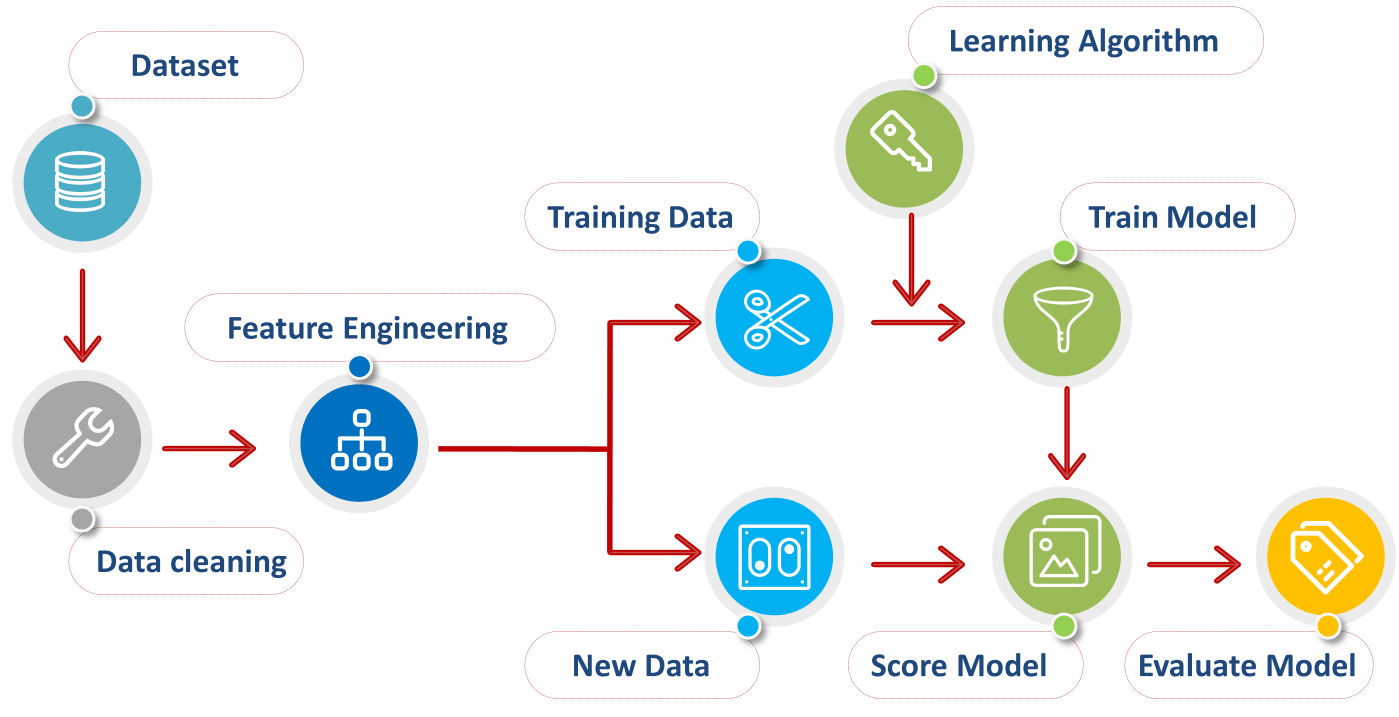Comments
- No comments found

Leaders across various industries are turning to machine learning to gain valuable insights and make informed decisions.
Machine learning, a subset of artificial intelligence (AI), empowers leaders to extract patterns, predictions, and trends from vast amounts of data. It's a powerful tool that enables computers to learn from data and improve their performance over time.

By understanding how machine learning works, you can apply it to a wide range of applications and solve complex problems more efficiently and accurately.
Machine learning algorithms can learn from past email interactions to automate responses to similar emails in the future, improving efficiency and reducing response times. By embracing machine learning, organizations can enhance their employees' experience, improve customer satisfaction, and gain a competitive advantage in the marketplace.
In this article, we will explore how leaders can harness the power of machine learning to enhance decision-making and drive success.

Before diving into machine learning, leaders must define clear objectives for their decision-making process. Identify the specific challenges or questions you aim to address using machine learning techniques. Having well-defined goals will guide your data collection and analysis efforts.
Machine learning models heavily rely on data. Ensure that you gather high-quality, relevant data from trustworthy sources. Data should be clean, well-structured, and free from biases to yield accurate results.
Selecting the appropriate machine learning algorithms is crucial. The choice depends on your objectives and the type of data you have. For instance, regression algorithms are suitable for predicting numerical values, while classification algorithms are ideal for sorting data into categories.

Data preprocessing is a critical step in machine learning. It involves cleaning, transforming, and organizing data for analysis. Proper data preprocessing enhances the accuracy and reliability of machine learning models.
Supervised learning is a machine learning technique where models learn from labeled data. Leaders can apply this approach to make predictions based on historical data, such as sales forecasts or customer behavior.
Unsupervised learning helps leaders discover hidden patterns or groupings within data. This can be valuable for market segmentation, anomaly detection, or clustering similar data points.
Reinforcement learning involves training models to make decisions by rewarding or penalizing actions based on outcomes. Leaders can use this technique for optimizing business processes and resource allocation.

Leaders should prioritize model interpretability. It's crucial to understand how machine learning models arrive at their conclusions. Interpretability ensures that decisions align with business goals and ethics.
Machine learning models are not static; they require ongoing monitoring and refinement. Leaders should establish a process for regular model evaluation, updates, and improvements based on changing data patterns.
Collaborating with data scientists or machine learning experts can be highly beneficial. They can help leaders navigate the complexities of machine learning, choose the right techniques, and interpret results effectively.
Leaders must be aware of ethical considerations when using machine learning. Ensure that data usage and decision-making align with privacy regulations and ethical standards.

Integrating machine learning into decision-making processes should be a gradual transition. Leaders should provide training and support to their teams to adapt to the new methodologies.
Machine learning offers leaders a powerful toolset for making informed decisions and driving business success. By defining objectives, collecting quality data, selecting appropriate algorithms, and fostering a culture of continuous improvement, leaders can harness the potential of machine learning to gain a competitive edge in today's data-driven landscape.
Leave your comments
Post comment as a guest